Apples for Sustainable Development
Apples are grown, shipped, and eaten around the world
In 2015, seventeen Sustainable Development Goals were adopted by the United Nations to help steer collective world action towards a more sustainable future. Most people in the world do not eat enough fruit and vegetables to remain healthy, so the United Nations has also designated 2021 as International Year of Fruits and Vegetables, to raise awareness of the human benefits of eating more fruit and vegetables, within the context of the wider economic and environmental impacts of their production. Some 87 million tonnes of apples were grown around the world in 2019, of which 10% were exported to be eaten by consumers in other countries.
With the UN Climate Change Conference (COP26) taking place in Glasgow, we consider how, from orchard to consumer, the apple affects some of the UN’s Sustainable Development Goals.
Fruit like apples are essential for healthy lives and recent studies have shown that people who eat more fruit and vegetables live longer, happier, and healthier lives. The World Health Organisation recommends five servings of fruit and vegetables a day, and the apple is an easy and transportable way to consume a portion – the perfect fruit for the lunchbox.
Availability is one of the reasons cited for people not eating enough fruit. Because apples grow in both the northern and southern hemispheres, and many apple varieties keep well, a lengthened supply chain and better storage capability mean that they are available all year round. UK urban consumers have come to expect this.
Apples are the third most consumed fruit in the UK (after citrus and bananas).
Like all foods, apples contain carbon. Carbon dioxide (CO2) is released when food is eaten or allowed to rot, and plants absorb this CO2 during the process of photosynthesis. This is part of a short-term carbon cycle.
However, the production and distribution of food also uses energy that produces greenhouse gases such as CO2 and overall, global food production and its supply chain is responsible for about a quarter of the world’s greenhouse gas emissions.
From farm to consumer, apples may have involved the use of farm machinery, fertilisers and chemicals, packing and packaging, cold storage, and transportation. These add to global warming potential. However, improved orchard management and use of renewable energy along the product lifecycle can reduce this.
A recent study assessed that, through this lifecycle to consumption in the UK, apples produce 1.4kg CO2 equivalent per kg of fruit. They were ranked the fifth best of 17 fruits consumed in the UK when assessed across 19 environmental impacts. The most damaging fruit in the study was found to be airfreighted mangoes, producing three times the amount of CO2 equivalent compared to apples. Beef has elsewhere been found to cause much more greenhouse gas per kg than apples.
Because apples grow on trees that can live for many years, growing apples and planting new apple orchards can also be good for carbon sequestration. However, the carbon flux in any one year will vary. A detailed study of a range of orchards in Herefordshire, both traditional and commercial bush, showed that apple orchards are long-lived stores of carbon in the tree wood, roots, and untilled soil beneath the trees.
The amount of carbon varied dependent upon the type of the orchard, its use, management, and age, but on average nearly 80 tonnes of carbon was estimated to be stored per hectare by the orchards that were studied. Because the study found that three quarters of the carbon was in the orchard’s soil (to a depth of 30cm), it is particularly important that the soil beneath an orchard is left undisturbed.
Apples are grown around the world in a band of latitude in the northern and southern hemispheres. Much work has been done to adapt apple rootstocks and varieties to local conditions and to integrate pest management to reduce the need to apply chemicals to control pests and diseases. For example, British apple producers are certified by Global G.A.P. for good agricultural practices and food safety standards, or by the British Red Tractor assurance scheme which also includes worker welfare and environmental standards. Fruit undergoes stringent tests for residues, colour, sugar levels, firmness, and skin quality. South African producers are also certified by Global G.A.P. and fruit quality is tested by the Perishable Products Export Control Board, which manages the handling of fruit in optimum conditions. This includes storing apples in a controlled atmosphere where oxygen is replaced by carbon dioxide to increase storage life.
Eating locally grown fruit in season (autumn/winter in the Northern Hemisphere) is known to be the most benign for the environment. Having apples available out of season leads to more greenhouse gases as cold storage is needed, although the use of renewable energy is reducing this. Or apples must be shipped from the Southern Hemisphere.
About 65% of apples bought by UK consumers are imported, with most coming from France (26%) and South Africa (21%). South African apples will have travelled 6,000 miles, taking two weeks, in refrigerated ‘reefer’ containers.
Shoppers tend to prefer packaged fruit, this being particularly apparent during the pandemic. Packaging before export also mitigates risk by allowing traceability to source, but can become a significant environmental issue, leading to more waste.
Commercial orchards are designed to produce heavy yields of apples. Apple trees must be planted, regularly pruned to enhance fruit production, and dessert apples generally harvested by hand. This provides people with employment and skills, which is particularly important for developing countries in the southern hemisphere. For small-scale family farms, a diversity of crops, including apple orchards, can also reduce risk should one crop fail.
About 36,000 full time equivalent workers are employed by the apple industry in South Africa, supporting a total of some 140,000 dependants. The apple industry provides much needed work for low or semi-skilled workers in rural communities, in a country with high unemployment. Whilst the workforce is largely not unionised, South Africa has recently increased labour market regulation with the introduction of a national minimum wage to protect workers. The industry is also working to improve education and wellbeing of its workers. The fruit industry is part of the Sustainability Initiative of South Africa which monitors labour practices and environmental compliance, and encourages continuous improvement.
Apples are the third biggest fruit crop in South Africa after oranges and grapes, with some 45% being exported. Africa, the Far East, and the UK are the main markets.
The UN’s Sustainable Development Goals and related indicators help assess different aspects of the global impact of eating an apple. Often, there are trade-offs between goals, such as those posed by shipping apples from the southern to northern hemisphere and the resulting impacts on the planet and wellbeing of people around the globe. Around the world, the apple industry is trying to address its impacts and there are many factors to consider as you bite into your apple.
Sources:
- Canals et al (2007) Comparing Domestic versus Imported Apples: A Focus on Energy Use in Environmental Science and Pollution Research
- Department for Environment, Food and Rural Affairs (2021) Horticulture Statistics 2020 PDF
- Food and Agriculture Organization of the United Nations (2020) Fruit and vegetables – your dietary essentials. The International Year of Fruits and Vegetables, 2021, background paper. Rome.
- Food and Agriculture Organization of the United Nations (2020) Food and agriculture data: Crops
- Frankowska et al (2019) Life cycle environmental impacts of fruits consumption in the UK in Journal of Environmental Management
- Goossens et al (2018) How origin, packaging, and seasonality determine the environmental impact of apples, magnified by food waste and losses in The International Journal of Life Cycle Assessment
- Hortgro (2020) Key deciduous fruit statistics
- Manning (2021) Sustainability: A growing focus for British apples and pears
- National Statistics (2021) 2020 UK greenhouse gas emissions, provisional figures PDF
- Poore and Nemecek (2018) Reducing food’s environmental impacts through producers and consumers in Science
- Robertson et al (2012) Economic, biodiversity, resource protection and social values of orchards: a study of six orchards by the Herefordshire Orchards Community Evaluation Project. Natural England Commissioned Reports, Number 090.
Thanks to:
- Professor Adisa Azapagic MBE, University of Manchester
- Ali Capper, Executive Chair, British Apples and Pears
- Lisa Brown, Survey Management, Department of Food Environment and Rural Affairs, UK
- Dr Tara Garnett, Director of TABLE, University of Oxford
- Mariette Kotzé, Group Operations Manager, Hortgro South Africa
- Dr Nancy Oakes
- Dr Heather Robertson
- Food and Agriculture Organization of the United Nations-FAO

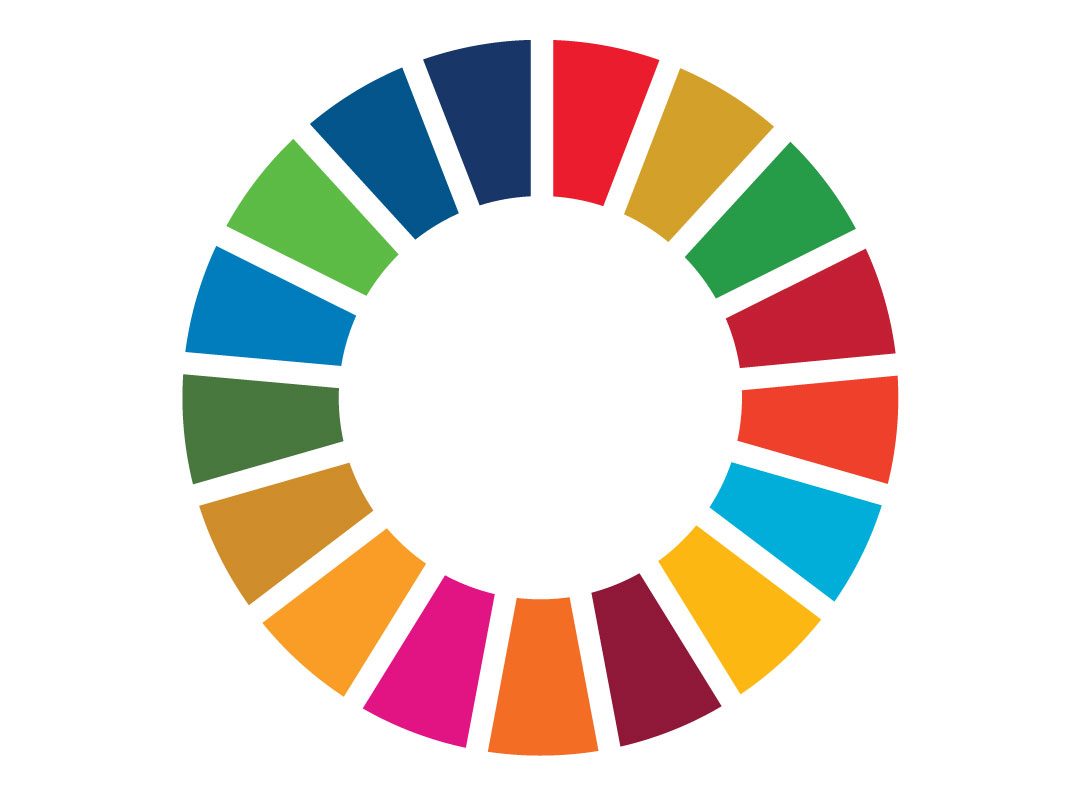
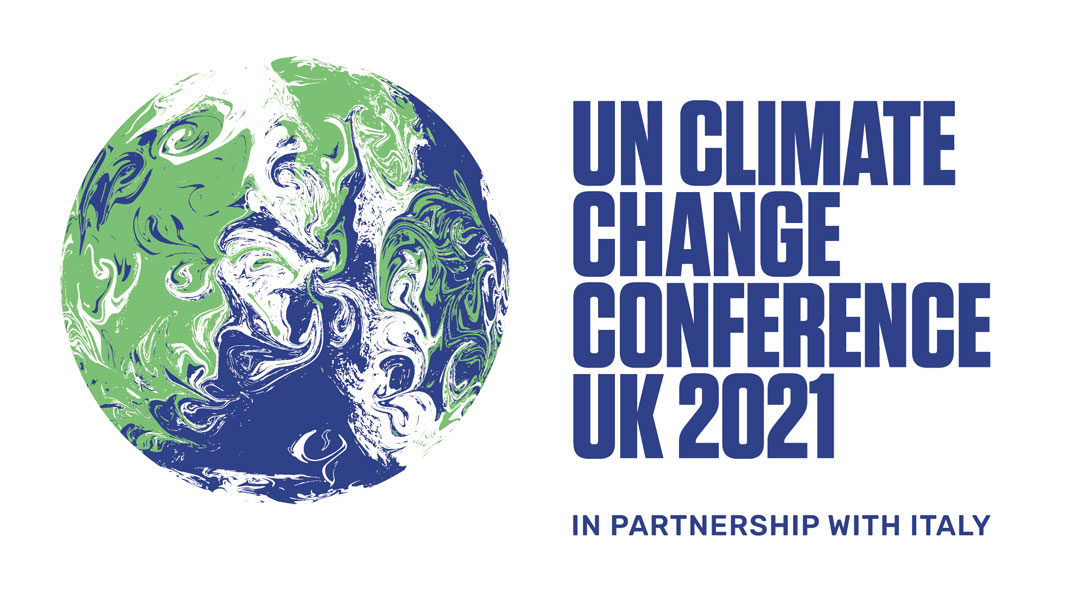
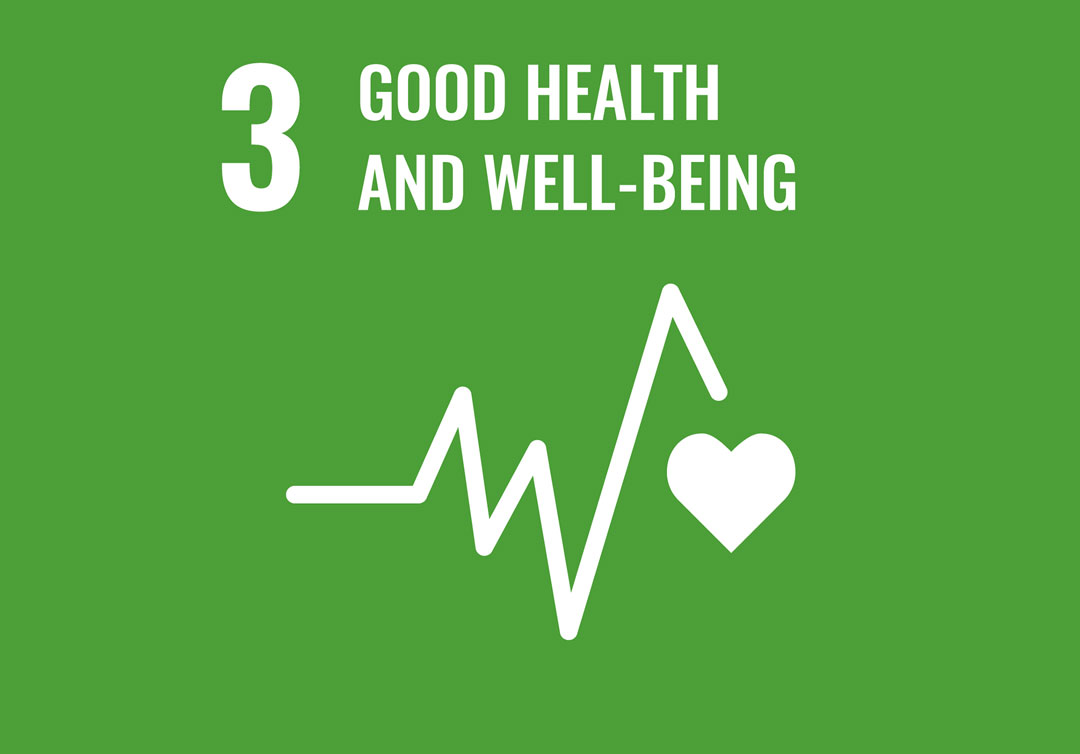


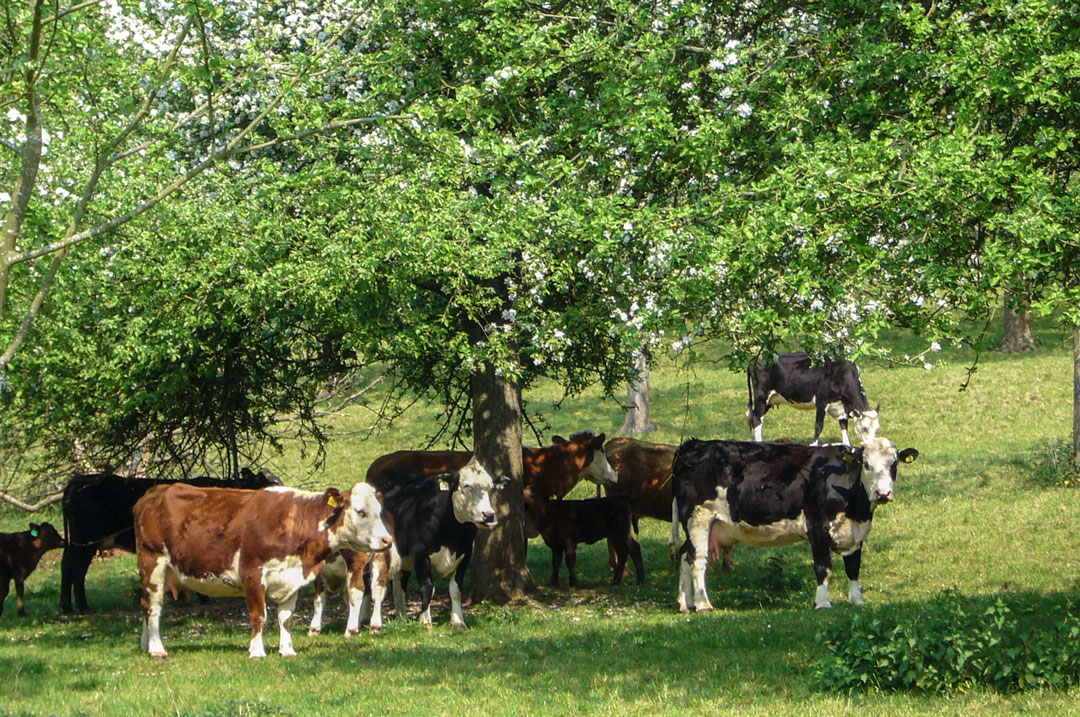


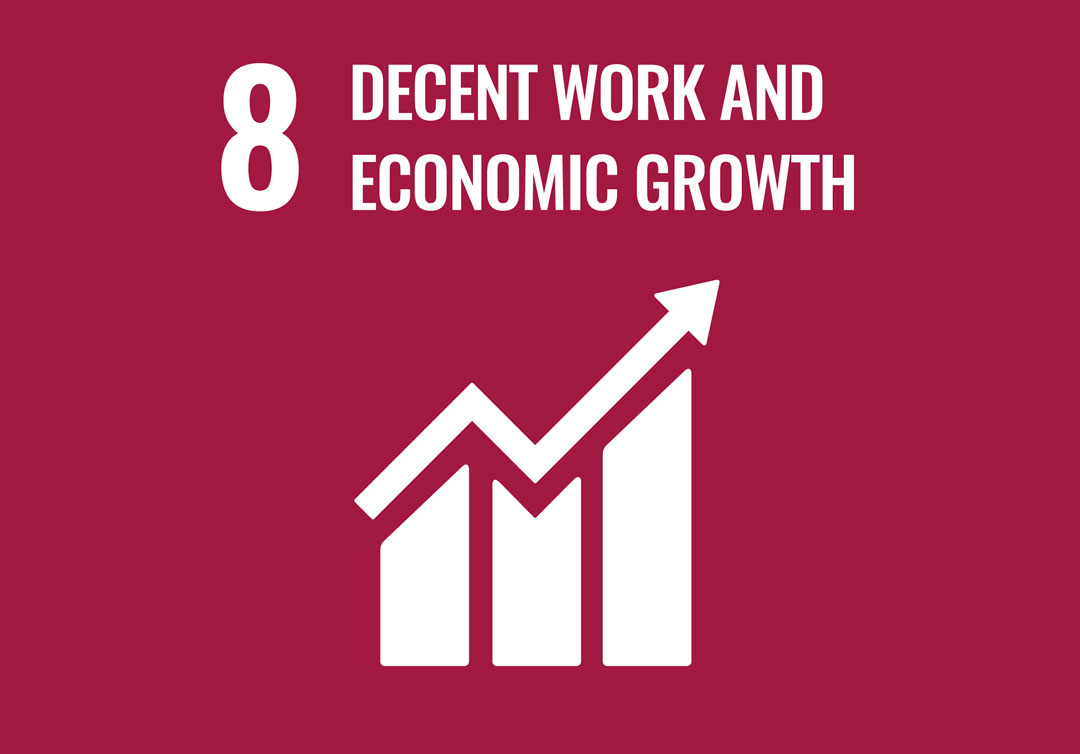
![Apple orchard worker in South Africa (2020) ©Tru-Cape (COVID masks are now worn) Apple orchard worker in South Africa (2020) ©Tru-Cape [COVID masks are now worn]](https://applesandpeople.org.uk/wp-content/uploads/2021/11/10-Tru-Cape-2.jpg)





 Ford Maddox Brown - Tell's Son 1880 Private Collection - Bridgeman Images
Ford Maddox Brown - Tell's Son 1880 Private Collection - Bridgeman Images